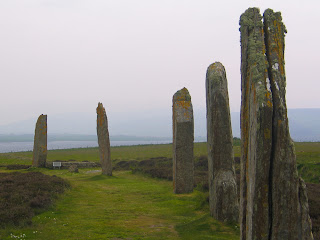Camera. Does it really matter?
I have been told that "It isn't the Violin, it's the Violinist!"
I've also been told that "a camera is a box with a hole in it."
 |
| An Instant of Joy |
And many other platitudes with some truth to them.
So it is with this question.
Composition is the first key to a great photograph. To identify what you want to photograph and capture the emotion and the beauty of a scene, it needs to be composed properly. Much of what I have written in these posts have had to do with the elements that make a great photograph. These elements are in the eye of the photographer and have nothing whatever to do with the camera.
The camera is a box with a hole in it. YOU decide what goes through that hole.
But no matter how well you compose an image, if the lens is dirty or cheap plastic like in the disposable cameras, don't expect to find competition winners among the prints. There are limits...
Most cameras have settings that you can adjust to get the best image, like ISO, flash on or off, or scene settings. Most name brand cameras also have very decent quality lenses and sensors. There are a few things to watch out for though.
Digital zoom. Turn it off. Now. I mean it. Stop reading, go get your camera and its manual, and turn Digital Zoom off.
Good. Optical zoom uses movement of the lens elements to adjust the zoom. That is great, and your image quality will not degrade as you zoom in, but digital zoom is another issue altogether. With digital zoom, the image you see is a progressively smaller portion of the image that falls on the sensor, until the image you see is only 100 K of the 10 megapixel sensor, or 1/100 of the resolution and clarity that the camera is capable of using only optical zoom.
 |
| The Power of a Kiss. This expression only lasted an instant... |
The other fault inexpensive cameras have is the annoying delay between the time you release the shutter and when it finally takes the image. This makes it really difficult to catch the kiss, the puppy who was posed perfectly but has disappeared by the time the camera decided to take the photo, or the magnificent wave you saw crashing in on the beach.
It can be maddening. But it is the price you pay for using an inexpensive camera.
I use Canon products, currently the Canon EOS 5D Mk II. It is a 25 megapixel camera, and when I press the shutter release, it takes the photo instantly. As a pro, I have to have camera and lenses that can capture the instant, the emotion and the fun. It is what I am paid to do.
Does the camera make me a better photographer?
No.
But it DOES make my images better, clearer, more instantaneous and reproducible to a larger size.
So you see, It isn't the Violin, it's the Violinist...... but a good violinist will sound better on a Stradivarius....
Until next time!




























